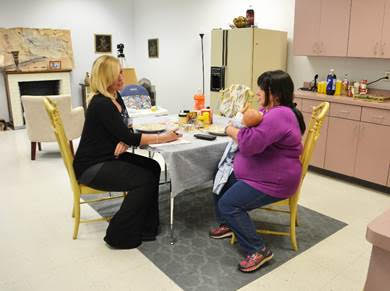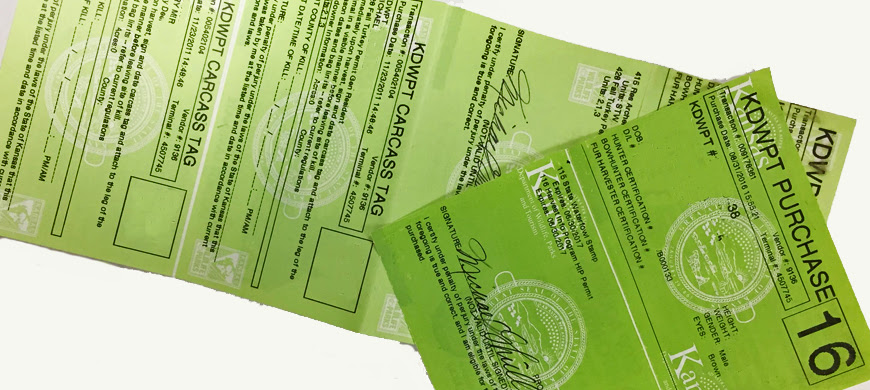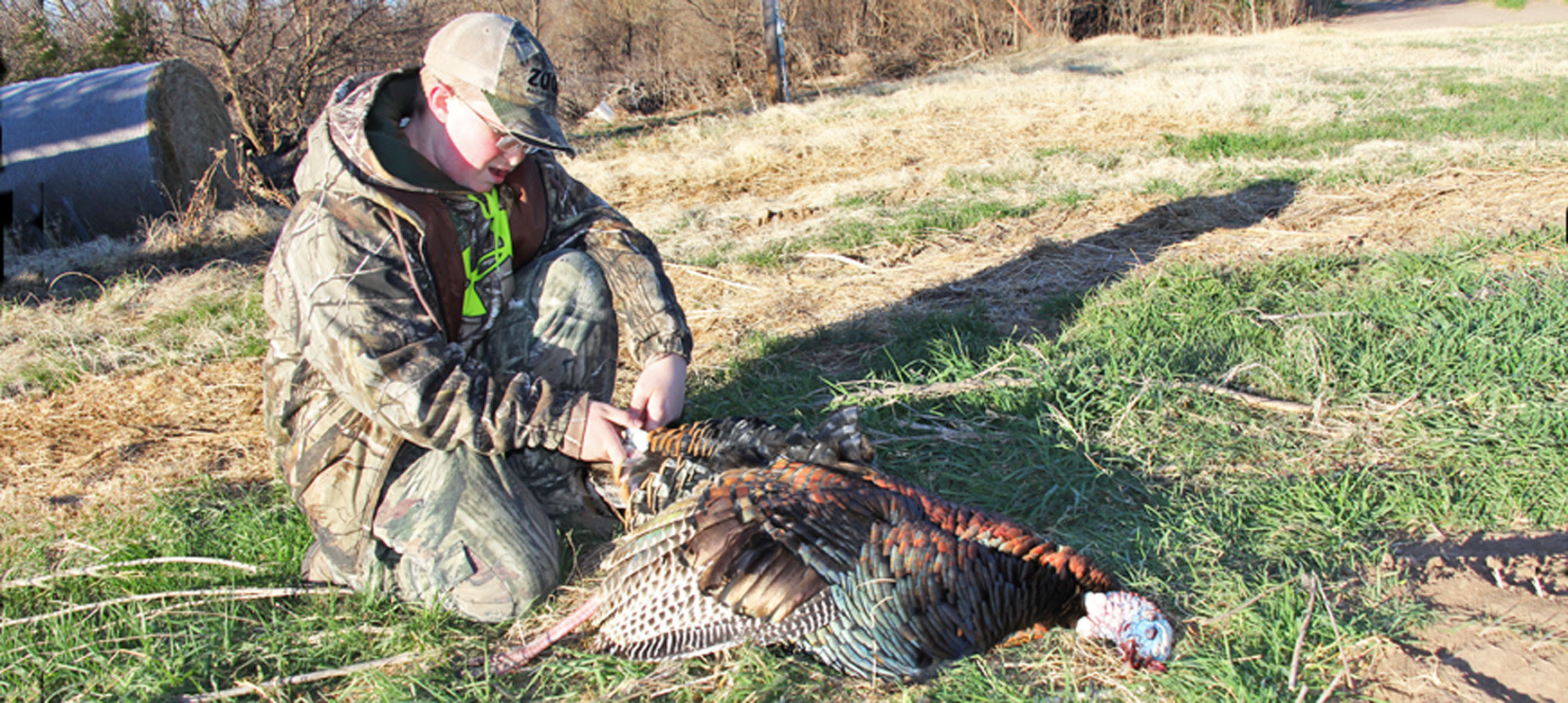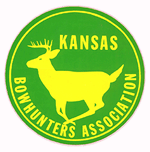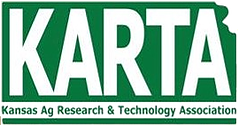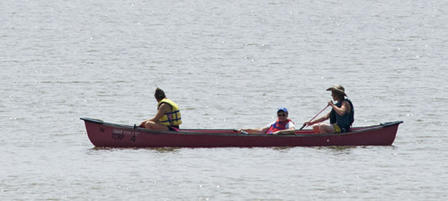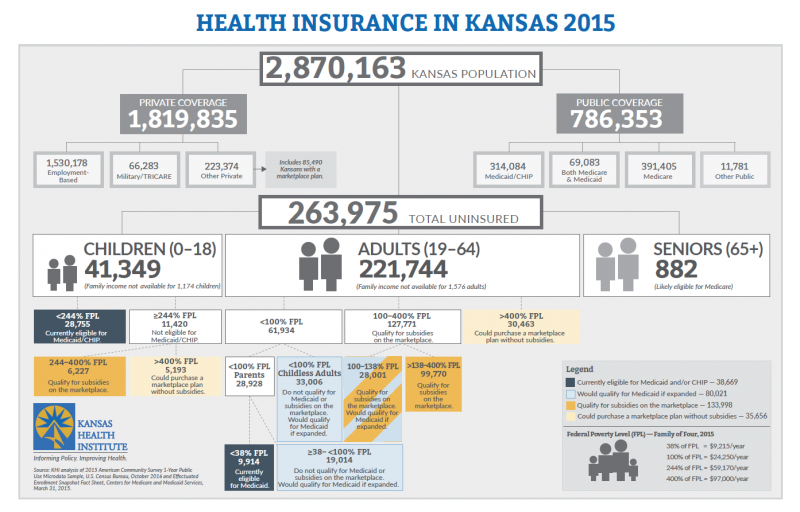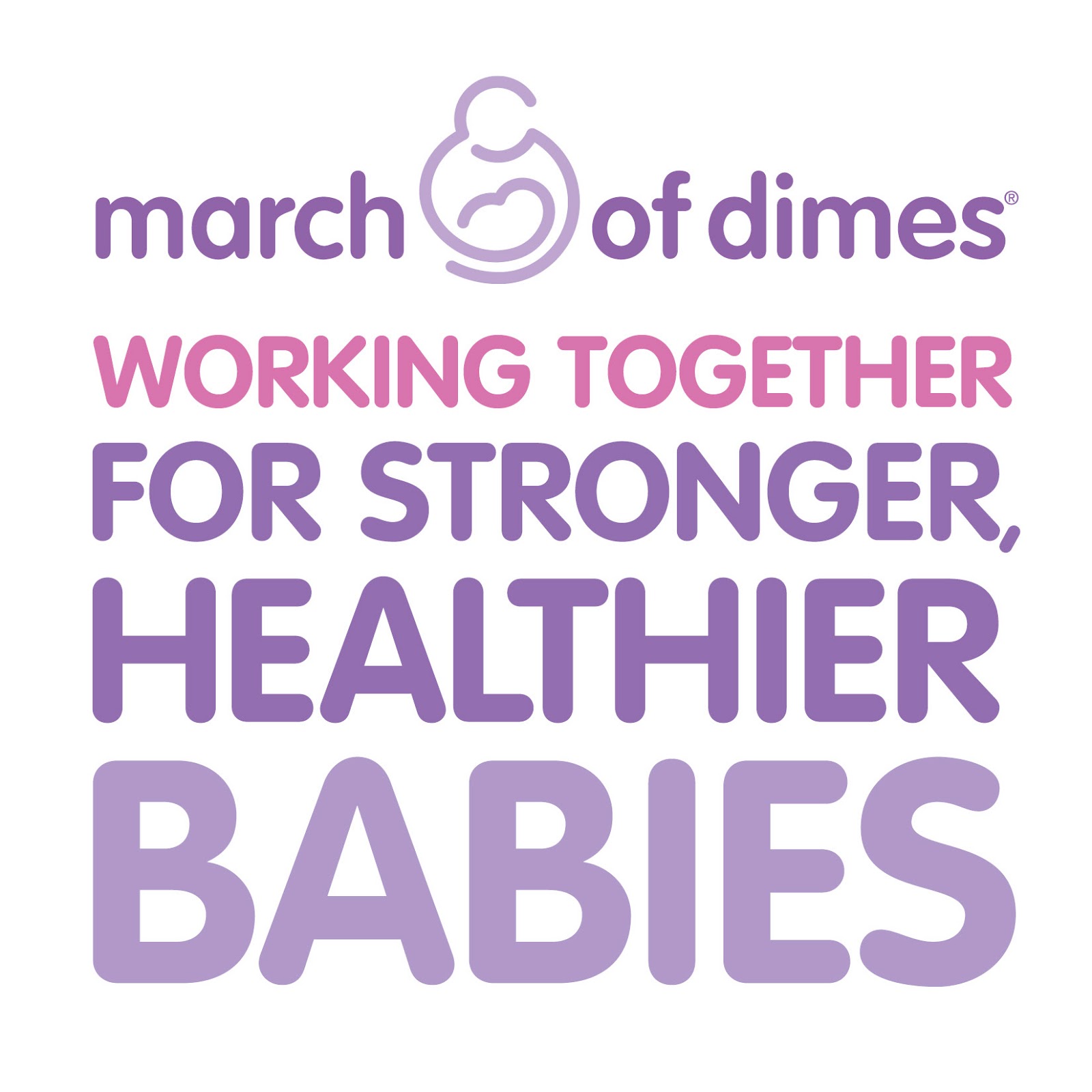MANHATTAN — The From the Land of Kansas Annual Meeting and Farmers’ Market Conference will be held March 16-17, 2017, in Manhattan. The conference includes the annual meeting for members, partners and farmers’ markets. It will feature general sessions, specialized workshops and a wholesale trade show for all attendees. This year’s theme, “Focus on our Future,” embraces how members from the trademark program and farmers’ market groups can learn to make their companies and programs more successful.
“The annual meeting is an opportunity to network with other Kansas entrepreneurs in the ag industry,” said Jackie McClaskey, Kansas Secretary of Agriculture. “In addition, sessions will cover a diversity of topics and presentations by experts in the industry for continued learning and growth.”
The keynote speaker will be Jon Schallert, destination business expert, whose presentation will focus on reinventing businesses into consumer destinations. Participants in the conference and trade show also will be able to hear from other experts in the agriculture, marketing and food industries. Topics which will be featured in sessions and workshops include:
- Small business marketing
- Successfully coordinating, managing and sustaining a farmers’ market
- Food industry updates
To register or learn more about the conference, visit FromtheLandofKansas.com/AMeeting. This event is sponsored by Network Kansas; Kansas Department of Wildlife, Parks and Tourism; Hy-Vee; Kansas Center for Sustainable Agriculture and Alternative Crops; Manhattan Area Chamber of Commerce Economic Development; Kansas Association of Conservation Districts; Marion County Economic Development; Visit Manhattan; and Pottawatomie County Economic Development.
From the Land of Kansas is the state’s agriculture trademark program in the Kansas Department of Agriculture. The program works to promote and support Kansas farmers, ranchers and agribusinesses that grow, raise or manufacture agriculture products or products for agriculture use. KDA is committed to its mission to help make Kansas businesses more successful, grow rural communities and expand markets for Kansas agricultural products.
If you have questions, please contact Janelle Dobbins, From the Land of Kansas marketing manager, at (785) 564-6759 or [email protected]. To learn more about From the Land of Kansas, become a From the Land of Kansas member, or find local Kansas food, products or services, visit FromtheLandofKansas.com.




